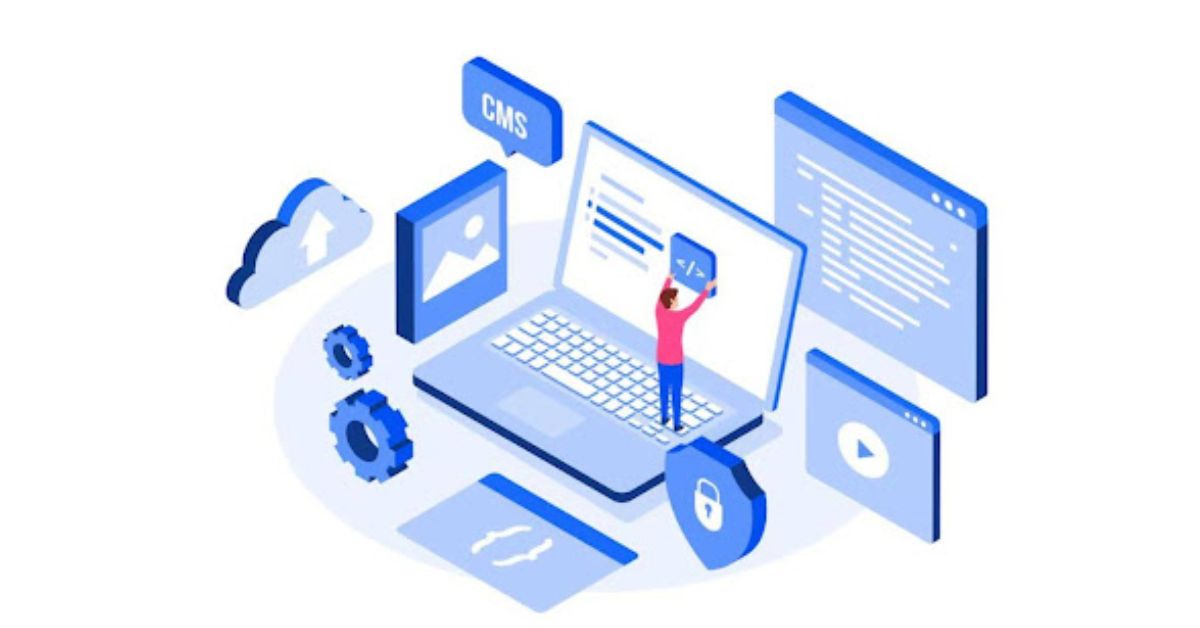People all over the world use software. But for them to enjoy it, the software needs to be changed to fit different languages and cultures. This is what software translation and localization do. They ensure users can easily understand and engage with the software, regardless of their location.
Why Software Localization Matters
Software localization matters because it makes users feel at home. By using effective software localization services, companies can easily connect with international users. When they see software tailored to their language and cultural norms, they feel more connected to it. This makes them more comfy and more likely to keep using it. If you’re looking to expand your software’s reach, consider investing in software localization. It also fosters trust, as users appreciate brands that make an effort to understand their needs.
Localization also helps companies do better in other countries. Choosing the right software translation services ensures that users worldwide can understand and enjoy your product. People are more likely to buy or use software that feels familiar. If they understand the menus and instructions, they will probably have a good time using it. But if it feels weird or confusing, they might stop using it and find another option.
Software made for one place might not work well in another. That’s why it’s crucial to adapt your software with expert localization services. People from different cultures think and use tech in different ways. If the software doesn’t match these differences, users can get confused or upset. But if it feels normal and easy to use, they like it more.
Localization enhances trust by making users feel valued and understood. Want to build trust with global users? Start by localizing your software to match their cultural expectations. When software resonates with their language and cultural context, they are more likely to continue using it and recommend it to others.
Challenges in Localizing Software
Localizing software is not just about translating words. It involves adapting the whole experience to fit what users expect in their culture. Developers and translators face some challenges, like:
- Language Differences: Some languages are more detailed or have different grammar rules. This can make direct translation hard. Translators need to choose words that keep the meaning but are still easy to understand.
- Cultural Sensitivity: Different cultures have symbols, gestures, and colors with unique meanings. Using the wrong image or color can lead to misunderstandings or even offend users. For example, white is a color of purity in some places, but it means mourning in others.
- Technical Issues: Some languages take up more space on the screen. German words are often longer than English ones, while Chinese uses fewer characters. This affects the design and layout, so developers need to make flexible interfaces.
- Legal and Regulatory Requirements: Some countries have strict local laws for software. For example, data privacy rules are different everywhere. So, localization must follow local laws to avoid legal problems.
The Role of Experts in Software Translation
Software translation is not just about changing words. It’s about making the software easy to understand and use. Expert translators know both the language and the software, so they can make the text clear and simple.
Good translation also makes users feel confident. When they understand the features and instructions, they can use the software easily. This leads to better reviews and more people using the software.
Working with experienced translators ensures accuracy. They help keep the original meaning and make sure nothing gets lost in translation. This way, users get the same experience, no matter where they are.
Software Localization for Global Success
Good software isn’t just about changing words from one language to another. It’s about making it feel right for people in different countries. This means changing the design, features, and even how things are shown. When software feels local, people enjoy using it more.
For example, colors and symbols mean different things in different places. A color that’s happy in one country might be unlucky in another. So, software needs to fit these small details to make users feel comfy.
Also, ads and promotions need to match what people like in each area. If an ad doesn’t make sense to the local audience, it won’t work well. That’s why companies change their ads to fit the local culture.
To do this right, you need experts who know how to make software feel local. They understand the language, culture, and user habits. This helps the software get more users worldwide and makes them feel at home using it. Looking to grow your user base? Take assistance from our software localization services today!
Sometimes, localization isn’t just about words or colors. It’s about how people use the software. For example, in some places, people like using apps with one hand because they’re always on the go. In other places, they might use the software on bigger screens. Adapting to these habits makes the software easier to use.
It’s also important to think about local laws and rules. Some countries have strict rules about data privacy and online payments. The software must follow these rules to work smoothly and keep users’ trust.
Finally, getting feedback from local users helps make the software better. They can point out things that feel strange or don’t work well in their culture. Listening to them and making changes based on their feedback makes the software more popular.
How Localization Improves User Experience
If software is not localized well, users might find it hard to use, and they might stop using it. Good localization makes software feel more local and relatable. It improves user experience by:
- Making it easy to understand: Users enjoy the software more when it feels familiar and clear.
- Avoiding confusion: Proper translation and localization prevent misunderstandings and mistakes.
- Building trust and loyalty: When users feel the software respects their culture, they are more likely to keep using it.
- Increasing global reach: Localized software attracts more users from different countries, leading to better sales. Need help increasing your global reach? Seek assistance with our top-notch software localization solutions!
Going Beyond Language in Software Localization
Localization is more than just translating text. It also involves adjusting visuals, date formats, currency, and even features to fit local needs. For example, in some countries, people write dates as day-month-year, while others use month-day-year. These details need to be localized to avoid confusion.
Color choices are also important. Colors have different meanings in different cultures. Developers need to be aware of these differences.
User support is another key area. Localized help documents, FAQs, and customer support improve user satisfaction. It makes users feel valued and understood, increasing their trust in the software.
Real-World Examples of Successful Localization
Many companies have succeeded globally by localizing their software. For example, social media platforms change their design and features for different countries to match local habits. Video streaming services adjust their content and recommendations based on regional tastes. These changes make users feel more connected.
Mobile apps, especially games, also benefit from localization. They adapt their themes and promotions for different countries. Some even work with local celebrities to make the experience more relatable. These strategies not only improve user engagement but also drive growth and sales.
Software localization helps users enjoy the software in their own language and culture. Don’t miss out on global opportunities—get help from our software translation services to connect with international audiences. It makes the software easy to use and understand worldwide.
Working with experts in software translation and localization helps developers reach more users. In the end, localized software brings people together and allows them to use technology comfortably. This leads to better user satisfaction and global success.
CLICK HERE FOR MORE BLOG POSTS











